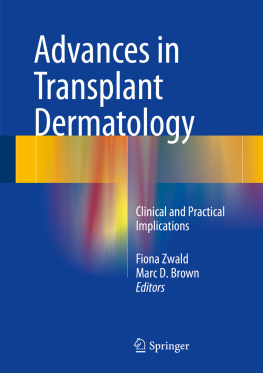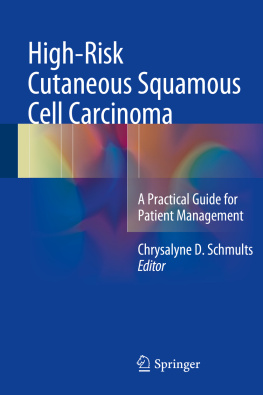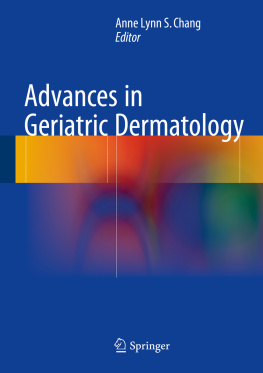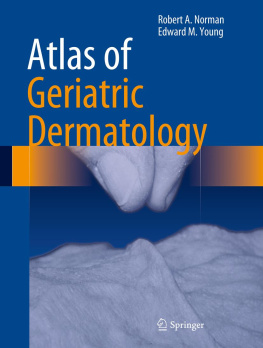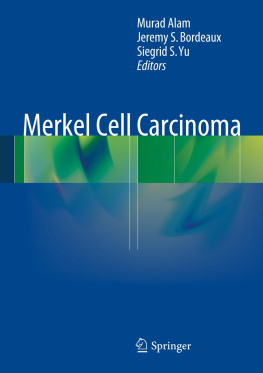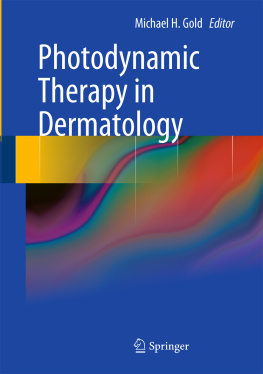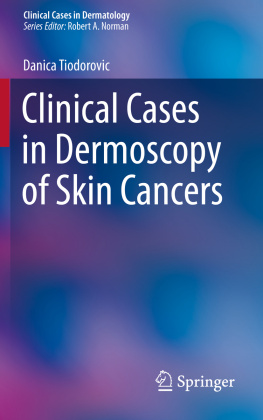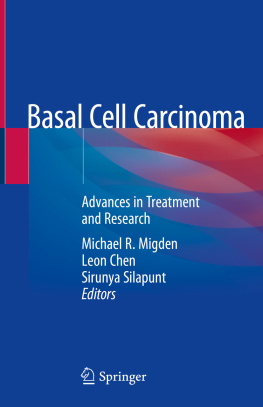1.1 Introduction
Solid organ transplantation is the treatment of choice for many patients with organ failure. At the end of 2010, over 260,000 organ transplant recipients were alive in the United States. More than 25,000 new organs were transplanted in 2011, the majority of which were kidney (16,055), liver (5,805), lung (1,830), and heart (1,949) []. These data indicate that not only are more people living with an organ transplant but the transplanted population is increasing in diversity. Furthermore, skin disorders occur at a greater frequency in solid organ transplant recipients (SOTR) largely due to immunosuppressant medications, which are generally successful in their therapeutic effect of suppressing the immune system. However, immunodeficiency, along with direct toxic effects of many medications, often causes cutaneous disorders. A dermatologist should be aware of the changing demographics and unique therapeutic factors affecting this patient population.
1.2 Immunosuppressives: Mechanism of Action
T cells are the main drivers of immune-mediated graft failure (GVH) and are, the major target of immunosuppressant medications []. Clinical immunosuppression typically occurs in three phases: induction therapy, maintenance therapy, and therapy of an acute rejection.
Induction therapy is targeted at depleting T cells to prevent early, acute rejection. This therapy usually takes place in close proximity to transplantation, starting either during the intraoperative or immediately postoperative period, and is completed within the first 12 weeks after transplantation. The most commonly used induction agents are either antibodies that deplete T cells or IL-2 receptor antagonists that prevent T cell activation []. Induction therapy may cause prolonged T cell depletion, with increased risk for opportunistic infections, post-transplantation lymphoproliferative disorder, and possibly autoimmune disease.
Maintenance immunosuppressive agents are often life-long therapies []. Given the diverse pathways involved in alloimmunity, combination immunosuppressive therapy is usually required for successful suppression of alloimmune responses.
Since 1980, several significant advances toward more effective and less toxic maintenance immunosuppression have made transplantation more successful. In early transplant medicine, azathioprine (AZA), which inhibits purine synthesis, was used for maintenance immunosuppressive medication until cyclosporine largely replaced it in the early 1980s [].
The next significant advancement in maintenance immunosuppression occurred in the early 1990s with the introduction of mycophenolate mofetil (MM). MM inhibits purine synthesis by blocking inosine monophosphate dehydrogenase, leading to a decrease in lymphocyte proliferation. Although it acts similarly to AZA, its use in combination with CNIs led to improved patient and graft survival and decreased early and late allograft rejection []. Furthermore, MM has a much better side-effect profile and requires less monitoring, which is why it has largely replaced AZA and is used in the majority of maintenance regimens today.
More recent advances in immunosuppression came with the introduction of mTOR inhibitors, sirolimus, and everolimus. These drugs are macrolide antibiotics that bind FKBP12 and inhibit cytokine (IL-2) activation of the mTOR pathway, blocking lymphocyte activation and proliferation. Although they bind FKBP12 as tacrolimus does, they function independently of the calcineurin pathway [].
Belatacept, which blocks the co-stimulation of T cell (CD28) by APCs (CD80/86), has been recently approved for maintenance immunosuppression in renal transplant patients. Randomized, controlled trials comparing the efficacy of belatacept to cyclosporine demonstrated similar patient and graft survival, with better renal function compared with cyclosporine [].
In summary, the most frequently used combination immunosuppressive therapy is currently tacrolimus+MM +/ corticosteroids [].
1.3 Skin Disease in SOTR
Aside from the kidney disease, hypertension, hyperlipidemia, diabetes mellitus, and HUS caused by immunosuppressant medications, skin disease, both benign and malignant, affects a large portion of STOR. Much research and focus has been placed on the marked increase in development of cutaneous malignancies; however, benign and inflammatory skin diseases are common in this population and can have a tremendous impact on quality of life and medication compliance. A broad spectrum of skin conditions affects SOTR, and many studies have estimated the prevalence of cutaneous manifestations in SOTR to range from 12.5 to 71 % [].
1.4 Cutaneous Infections
Overall, the most frequently encountered cutaneous infections in transplant recipients are superficial fungal infections and viral warts. However, modification of immunosuppression over time influences both the susceptibility to and prevalence of infections in SOTR. Overall immunosuppression is determined by the number, dose, duration, and sequence of immunosuppressive medications []. The intermediate period from 1 to 6 months post-transplant is the most risky for the development of opportunistic infections as patients are typically on high immunosuppressant doses.
1.5 Viral Infections
Given the suppression of T cell immunity and the role of T lymphocytes in combating viral pathogen []. In patients with prolonged or high-dose immunosuppression, such as lung-transplantation recipients or those with frequent episodes of rejection, consideration should be given to chronic suppressive antiviral therapy. Moreover, given the increased incidence and impact on quality of life of viral infections, routine antiviral prophylaxis may be reasonable for the majority of SOTR.
After the sixth postoperative month, SOTR continue to be at high risk for developing community-acquired infections, and over time more indolent infections begin to develop, which are frequently caused by human papillomaviruses (HPV) []. Even with clearance, viral warts are a chronic condition and recurrence should be anticipated.

